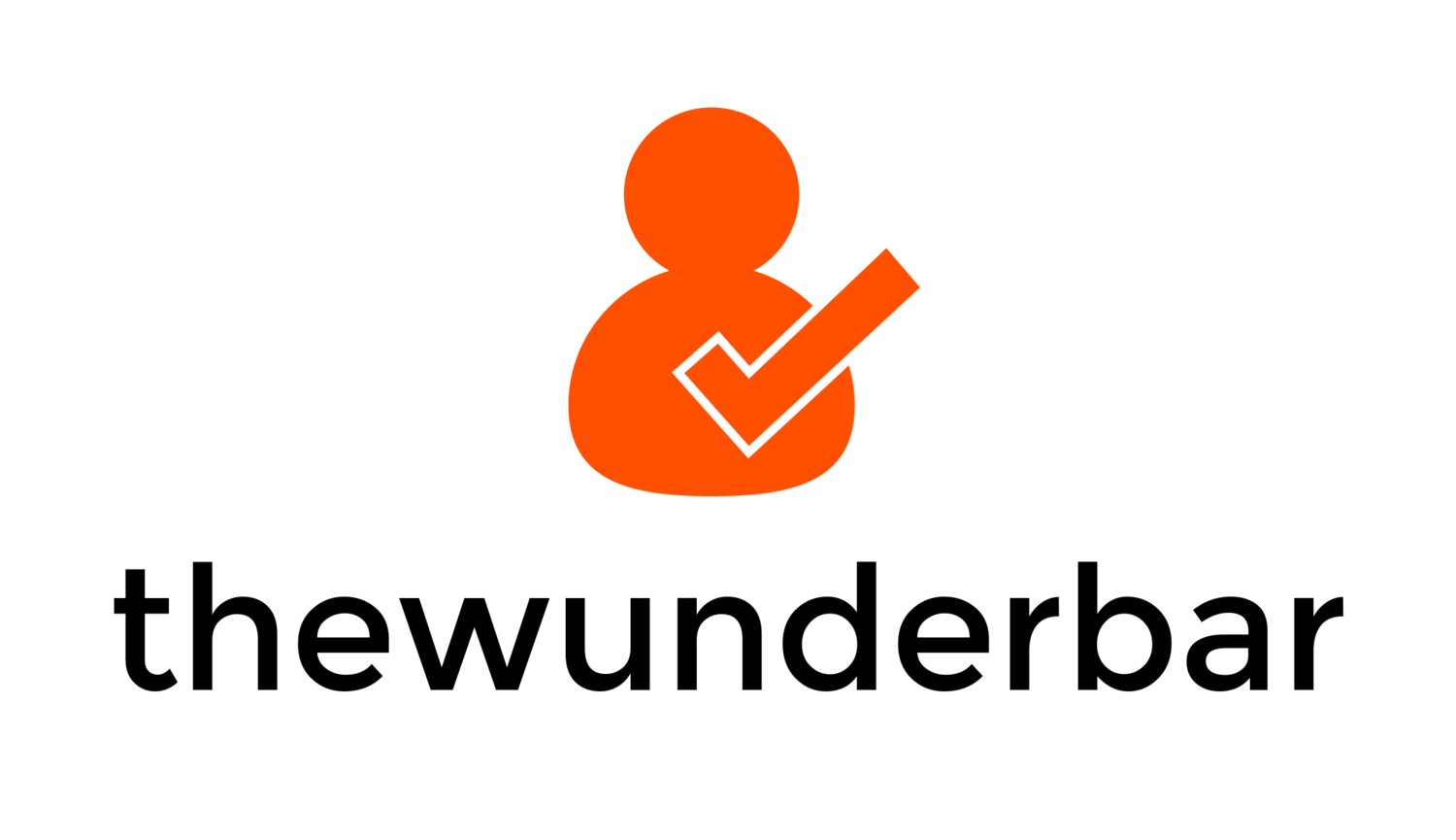Here are a few of the stories that caught my attention over the weekend.
Garmin Suffers Ransomware Attack That Takes Down Services for Multiple Days
In the middle of last week, many of Garmin’s online services went down. This is not unusual by itself, as there are sometimes service outages among online services. But, as the outage dragged on for several hours, and overnight, it became more and more unusual.
Garmin eventually admitted they had suffered a ransomware attack, where hackers broke into their infrastructure and encrypted large amounts of data, making most of the company’s services inoperable. The specific attack was the WastedLocker Ransomware, which has been used in several recent attacks, with Garmin being the most high profile.
Ransomware attacks are a nightmare scenario for a company of any size to encounter. The only resolutions are to have completely offline backups of data, or paying the ransom. Protecting against the is also extremely difficult as they usually come in the form of phishing or man in the middle attacks. User education is the most effective way to protect, but can also be difficult to achieve.
This attack happened on Wednesday of last week, and as of Monday, 5 days later, Garmin was just starting to bring some of it’s cloud services back online. Getting everything back up and running will likely take several more days, and it is very likely that some data will be lost.
These are the things I lose sleep over in my profession.
Bell Announces Faster Speeds and Expansion of Rural Internet in Eastern and Atlantic Canada
Bell last week announced an expansion of internet services to smaller rural communities in Ontario, Quebec, and Atlantic Canada. The new service promised download speeds of 50 megabits per second and upload speeds of 10 megabits per second. This should provide greater access to high speed broadband internet to more people, which is always a good thing.
Qualcomm Announces Quick Charge 5
Quick Charge 5 from Qualcomm continues an industry trend of improving the charging technology in our devices, as battery technology is proving more and more difficult to improve. In the first revision to the Quick Charge standard in 3 years, Quick Charge 5 claims to be able to charge a compatible phone from zero to 50 percent in 5 minutes, and fully charge a phone in 15 minutes. This is done though a battery “stack” in the phone, where a phone battery is essentially made up of two smaller parallel batteries that can be charged simultaneously at 50W of power. Qualcomm says that Quick Charge 5 will be fully compatible with USB Power Delivery, meaning that one 100W Quick Charge charger should be able to charge any USB-C device to its fullest potential, no matter what charging standard it meets. The company also claims that Quick Charge 5 is more efficient, and also runs 10 degrees Celsius cooler than the Quick Charge 4 standard.
It isn’t likely that we’ll see devices with this technology until early 2021, and existing devices will not support it. But the prospect of my next phone being able to charge almost full in 10 minutes or so is very, very appealing.
A Look Back at the Apple G4 Cube
It was about 20 years ago that Steve Jobs proudly showed off the Apple G4 Cube computer. It was a revolutionary design, one that remains iconic today. But also a design that proved to be….. very bad. The biggest issue was the lack of fans in the device, relying on heat dissipation through a vent on the top of the cube. Any obstruction at all, even a piece of paper rested near the top of the cube, would cause it to overheat and shut down. It was one of the best examples of Steve Jobs’ insistence on form over function, sometimes to very negative consequences. The G4 Cube sold only 150,000 units before being discontinued.
You can now play Doom on Windows 95….. in Minecraft
This one is just pure fun. There is a mod for Minecraft that allows it to run PC virtual machines from within the game using VM tool VirtualBox. Someone managed to get the original Doom running on a Windows 95 virtual machine inside of Minecraft, and looking at the videos of it just makes me smile.
